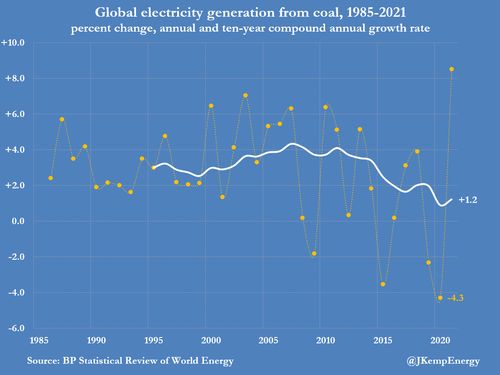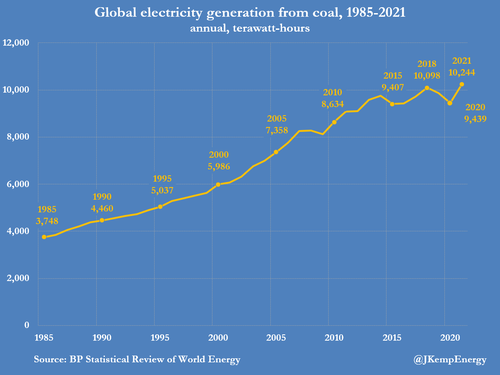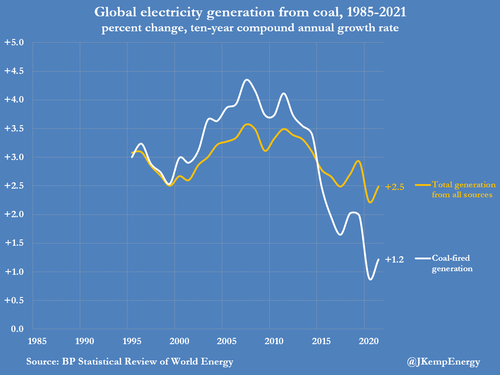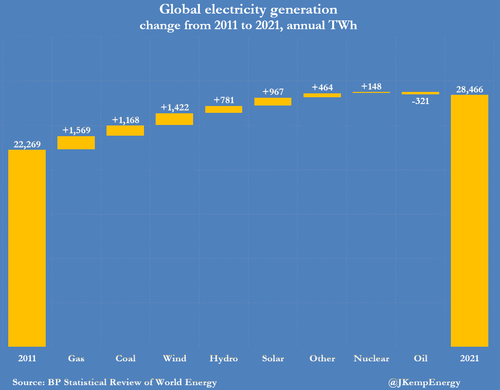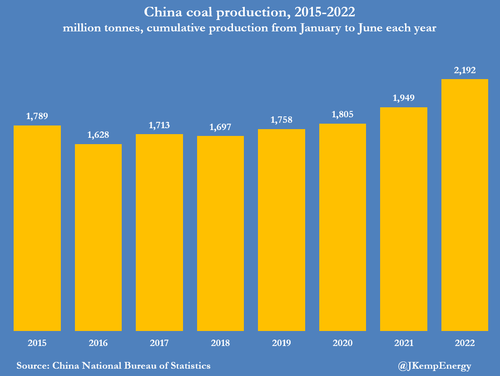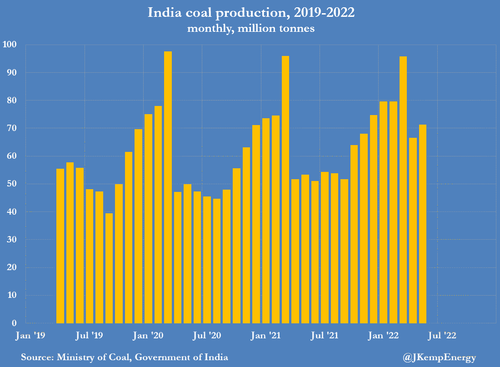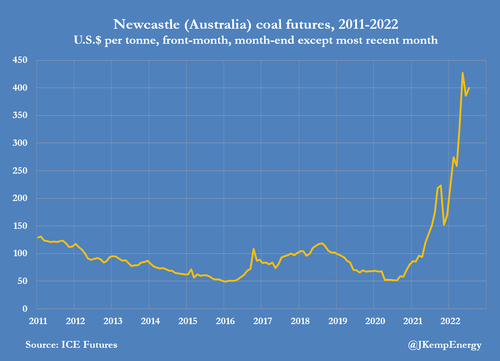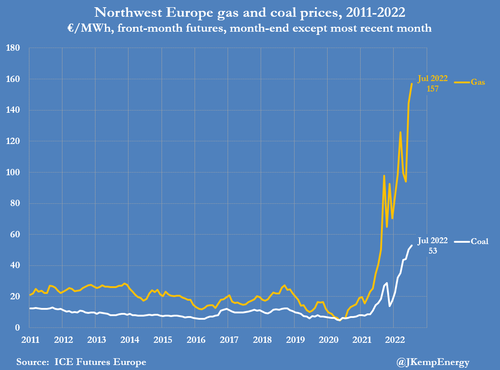CRIMINAL CAPITALI$M
US investigation highlights risks from licence fraud
25 July 2022
The US Government Accountability Office (GAO) has recommended regulators introduce additional security features after its investigators were able to use forged licences to acquire small quantities of radioactive material.
.jpg?ext=.jpg) Shipments of material obtained by GAO using fraudulent licences (Image: GAO)
Shipments of material obtained by GAO using fraudulent licences (Image: GAO)The possession of radioactive materials in the USA is regulated by the US Nuclear Regulatory Commission (NRC), which issues licences controlling the type and quantity of materials that can be possessed. Using shell companies with fraudulent licences, GAO investigators were able to successfully purchase a so-called category 3 quantity of radioactive material of concern from two different vendors in the USA, the office said. Using a copy of a forged licence, GAO was able to obtain invoices, and paid the vendors, but refused to accept shipment at the point of delivery, ensuring that the material was safely and securely returned to the sender.
Radioactive materials which are commonly used for medical, industrial, and research purposes can be harmful and dangerous in the wrong hands, the GAO notes in its report to the House of Representatives Committee on Homeland Security. For example, terrorists could use such material in a radiological dispersal device - or "dirty bomb" - which uses conventional explosives to spread radioactive material. NRC's licensing process is based on risk associated with different quantities of radioactive material with categories 1 and 2 requiring the most stringent security measures for those who possess it or want to purchase it. Category 4 and 5 applies to quantities that are unlikely to cause permanent injury.
NRC requires a valid licence to possess Category 3 quantities of radioactive material, but the paper licences issued by the regulator - or by the 39 agreement states that are responsible for regulating radioactive materials within the state by arrangement with the NRC - can be altered and used to make illicit purchases of radioactive materials, GAO said. Current rules require vendors of Category 3 quantities of material to obtain a copy of the purchaser's licence but, unlike categories 1 and 2, no independent verification of the licence is required. The GAO's shell companies were successful in acquiring the material because they are not subjected to more stringent controls required for purchases of larger quantities of material, and the investigation shows that the current licence verification processes can be compromised, it said.
"By purchasing more than one shipment of a category 3 quantity of radioactive material, GAO also demonstrated that a bad actor might be able to obtain a category 2 quantity by purchasing and aggregating more than one category 3 quantity from multiple vendors," GAO said.
The GAO investigation is the latest in a series that began in 2006. The NRC has already begun work to address vulnerabilities identified in the earlier investigations, GAO said, but it could take until the end of 2023 to implement a process requiring licence verification for category 3 quantities.
GAO has made two recommendations: firstly, that NRC "immediately" requires vendors to verify category 3 licences; and secondly, that it adds security features that improve the integrity of the licensing process and make it less vulnerable to altering or forging licences. "To address our recommendations, NRC proposed a rulemaking to strengthen licensing. However, vulnerabilities will remain until NRC implements the rule," it said.
In a response to the GAO study, NRC Executive Director for Operations Daniel Dorman said: "We take your recommendations seriously and will continue our efforts to strengthen the safety and security of radioactive materials."
The GAO report, Preventing a Dirty Bomb: Vulnerabilities Persist in NRC's Controls for Purchases of High-Risk Radioactive Materials - which includes the NRC's response - can be read here.
Researched and written by World Nuclear News
.jpg?ext=.jpg) Romania's Cernavoda nuclear power plant (Image: Nuclearelectrica)
Romania's Cernavoda nuclear power plant (Image: Nuclearelectrica)




